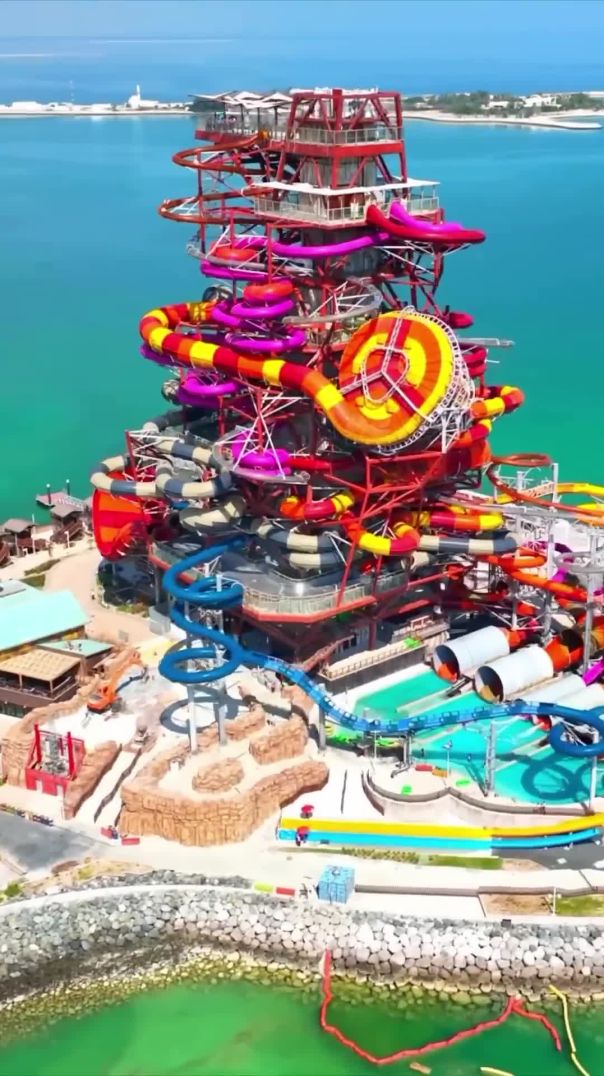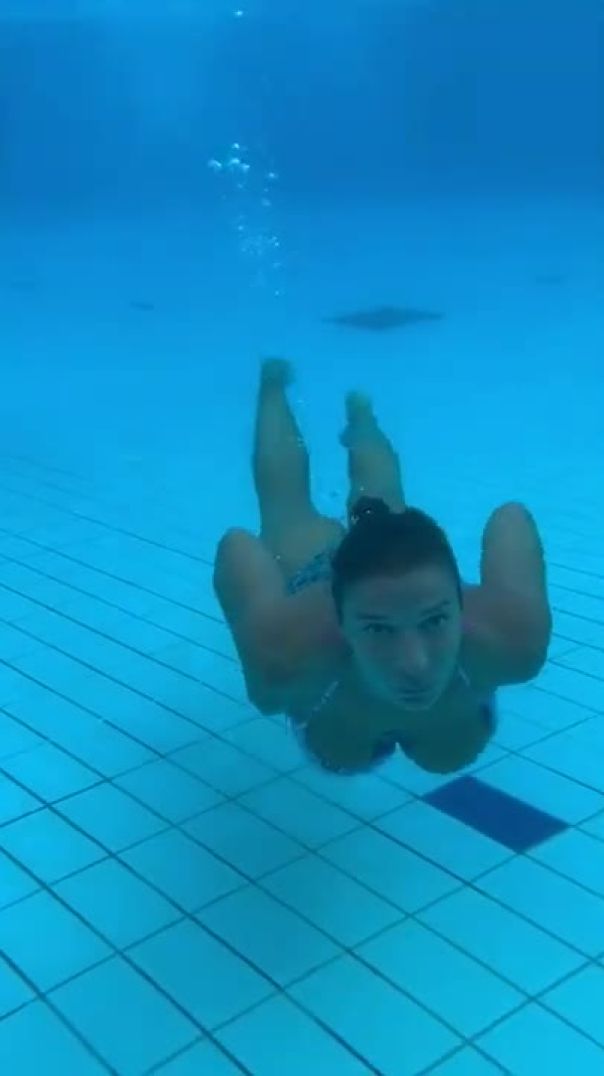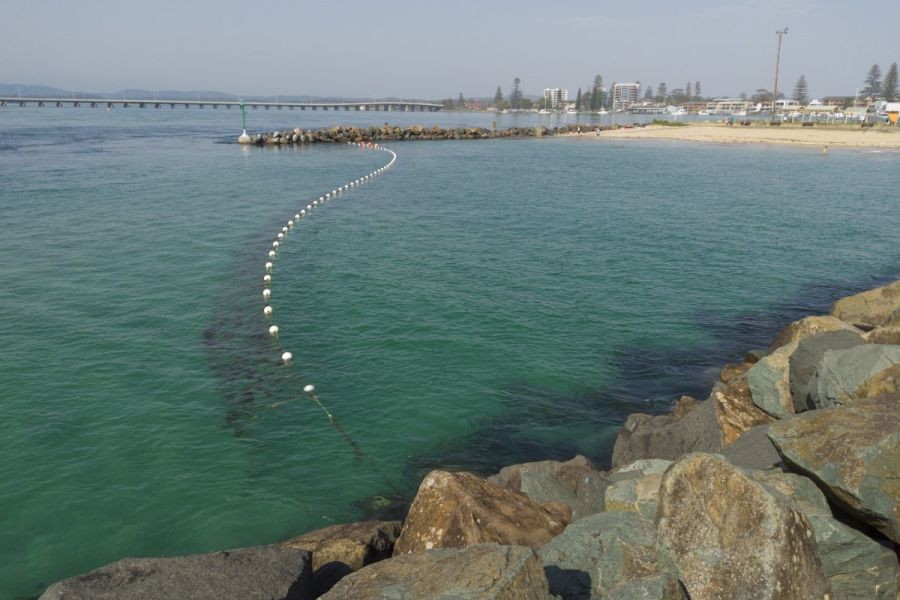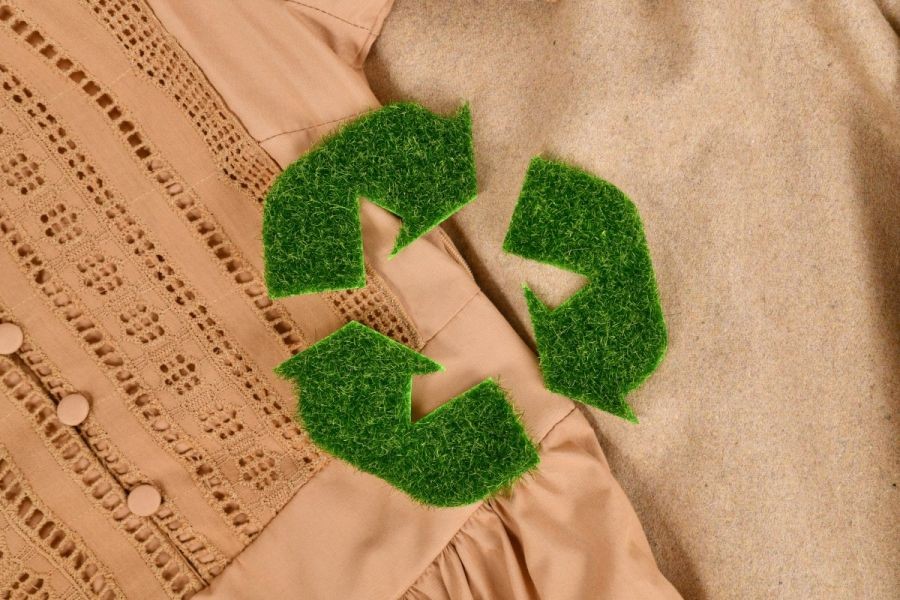Australia's shark net program has long been a subject of heated debate. While aimed at protecting beachgoers from shark attacks, critics argue that it poses significant risks to marine life and offers limited safety benefits. This article delves into the intricacies of the program, evaluating its pros and cons, while offering insights into its operational mechanisms and exploring alternative solutions.
Understanding the Shark Net Program
Shark nets have been deployed along some of Australia's most popular beaches since the 1930s. The primary objective is to reduce the risk of shark attacks by capturing and deterring sharks from approaching swimming areas. However, the effectiveness and ethical implications of these nets are increasingly questioned.
How Shark Nets Work
Shark nets are typically set a few hundred meters from the shoreline and are designed to entangle large sharks that approach. Contrary to popular belief, these nets do not form an impenetrable barrier but rather aim to reduce shark presence by catching them. Despite their intention, they often ensnare a variety of marine animals, including dolphins, turtles, and rays, raising significant ecological concerns.
Pros of the Shark Net Program
- Perceived Safety: The presence of shark nets can provide a sense of security to beachgoers, potentially boosting local tourism and economic activity.
- Historical Precedent: Shark nets have been in use for decades, and some argue their continued deployment reflects their effectiveness in reducing incidents of shark attacks.
Cons of the Shark Net Program
- Environmental Impact: The bycatch of non-target species poses a significant threat to marine biodiversity.
- Limited Effectiveness: Research indicates that shark nets do not significantly reduce the risk of shark attacks, as they often fail to prevent sharks from entering swimming areas.
- Public Cost: The maintenance and deployment of shark nets require substantial public funding, which could be allocated to more effective and sustainable solutions.
Real-World Case Studies
Let's explore how different regions have approached the challenge of balancing human safety with environmental preservation.
Case Study 1: New South Wales, Australia
In New South Wales, the shark net program has been complemented with drone surveillance and shark tagging. This integrated approach has shown promise in reducing shark-related incidents while minimizing harm to marine life. The use of drones offers real-time monitoring, providing authorities with critical insights into shark movements and behavior.
Case Study 2: Cape Town, South Africa
Cape Town has adopted a non-lethal approach using shark spotters. Trained observers monitor shark activity from elevated positions and communicate with beachgoers, enabling swift evacuation in the event of a shark sighting. This method has proven effective in significantly reducing shark attacks without harming marine life.
Alternative Solutions and Innovations
As public sentiment shifts towards environmental preservation, innovative solutions are being explored to replace or supplement traditional shark nets.
Non-Lethal Deterrents
Electric shark deterrents and barrier nets are gaining traction as viable alternatives. These technologies aim to repel sharks without causing harm, providing a safer and more sustainable solution for both humans and marine ecosystems.
Community Engagement and Education
Educating the public about shark behavior and safety measures can empower individuals to make informed decisions when swimming in shark-prone areas. Community engagement initiatives can foster a greater understanding of marine ecosystems and promote coexistence with sharks.
Myths vs. Reality
- Myth: Shark nets are a foolproof method for preventing shark attacks.
- Reality: Shark nets often fail to fully prevent sharks from entering swimming areas and pose significant risks to marine life.
- Myth: All sharks are dangerous to humans.
- Reality: The majority of shark species are not a threat to humans, and shark attacks are extremely rare.
Future Trends and Predictions
As awareness of environmental issues grows, there is an increasing push towards sustainable and non-lethal shark management strategies. Innovations such as drone surveillance and electric deterrents are expected to play a significant role in shaping the future of shark management programs.
Final Takeaway & Call to Action
The ongoing debate surrounding Australia's shark net program underscores the need for a balanced approach that prioritizes both human safety and environmental conservation. By embracing innovative technologies and fostering community engagement, Australia can lead the way in sustainable shark management practices. We encourage readers to share their thoughts and join the conversation on sustainable solutions for coexistence with marine life.
People Also Ask (FAQ)
- How do shark nets impact marine life? Shark nets often entangle non-target species, posing significant risks to marine biodiversity.
- What alternatives to shark nets are available? Alternatives include non-lethal deterrents such as electric barriers and drone surveillance, which offer safer solutions for both humans and marine ecosystems.
- Are shark attacks common in Australia? Shark attacks are relatively rare, and the majority of shark species pose no threat to humans.
Related Search Queries
- Shark net effectiveness in Australia
- Environmental impact of shark nets
- Non-lethal shark deterrents
- Shark management programs in Australia
- Alternatives to shark nets
- Shark attacks in Australia
- Marine biodiversity and shark nets
- Shark net controversy
- Drone surveillance for sharks
- Electric shark deterrents
































Wilson Jack
7 months ago